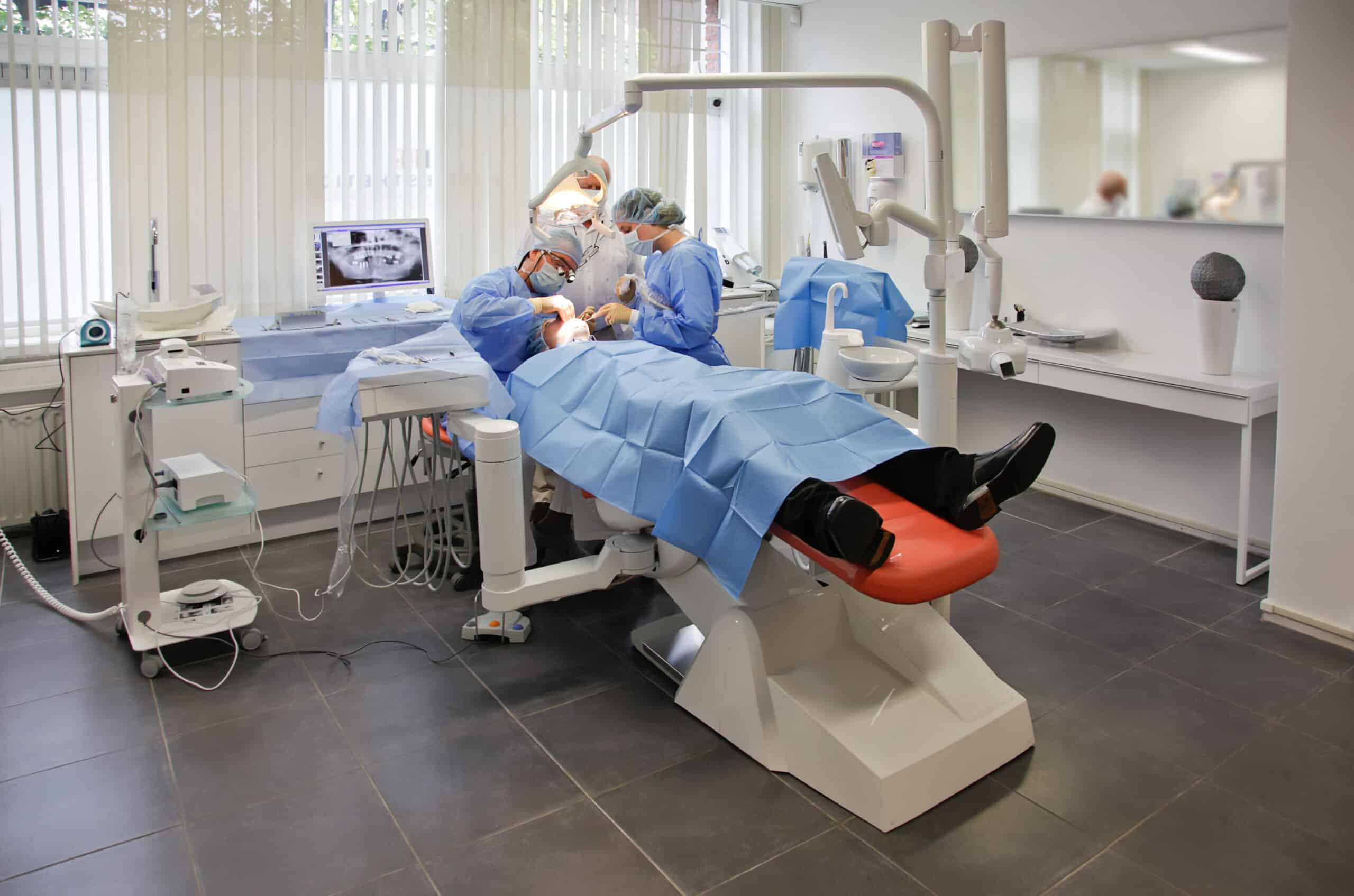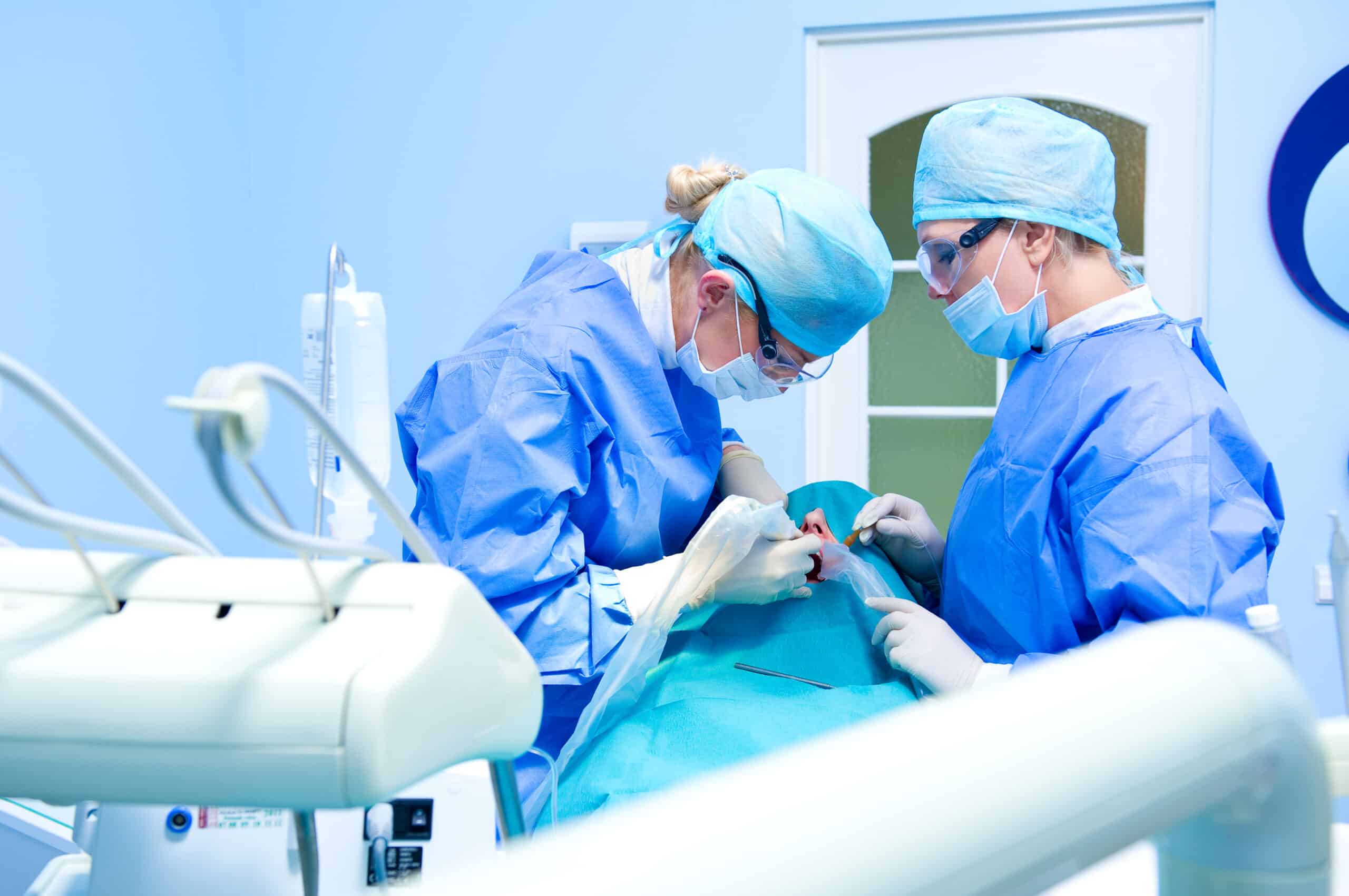We usually identify the teeth we have in our mouth as “teeth”.
When we want to refer to them we use this generic term to make ourselves understood, and in case we want to indicate a specific one, we simply point to it with our finger.
The truth is that each of these teeth has a name and, in addition, their function with respect to chewing and swallowing is different.
Thus, each tooth has its own characteristics.
If you are curious to know what the names of each tooth are, read on.
What are the types of teeth we have?
The names of the teeth are mainly summarized in four categories: incisors, canines, premolars and molars.
Thus, the actual names of the teeth are as follows:
Incisors: correspond to a total of 8 teeth.
Front teeth: 2 on the top and 2 on the bottom.
Laterals: 2 above and 2 below.
Canines: 4 teeth, 2 on the top and 2 on the bottom.
Premolars: 8 teeth.
First premolars: 4 teeth, 2 above and 2 below.
Second premolars: 4 teeth, 2 on the top and 2 on the bottom.
Ages of the permanent dentition
Enlarge image
DECIDUOUS AND PERMANENT TEETH
Molars: they are the most abundant type of teeth in the oral cavity, with a total of 12 teeth.
First molars: 4 teeth, 2 at the top and 2 at the bottom.
Second molars: 4 teeth, 2 above and 2 below.
Third molars: 4 teeth, 2 on the top and 2 on the bottom.
Now that you know the names of the teeth, we will explain the functions and characteristics of each one.
Incisors, the most visible teeth
We call incisors the teeth that are most visible when we smile, that is, the four upper and lower front teeth that are located in the central part of the oral cavity.
They are usually the first milk or primary teeth to erupt, generally from six months of age, although they can appear during the first year.
The definitive dentition (the moment when the permanent teeth erupt after the deciduous teeth fall out) of the incisors occurs between six and eight years of age.
Their main function is to cut food and facilitate chewing by the rest of the teeth before swallowing, thus avoiding the ingestion of large pieces of food that can lead to choking.
What are canine teeth?
We commonly know these teeth as “fangs”, and no wonder.
The canines are the sharpest teeth compared to the rest, and their main purpose is to tear and tear food.
Again, these teeth facilitate our food intake and are located between the lateral incisors and the premolars.
The canines begin to appear from the age of one and a half years, although it depends on the baby.
In some cases they do not appear until they are two years old.
The definitive lower canines appear around nine years of age and the upper canines usually take a little longer, appearing between ten and twelve years of age.
Besides having a specific name, the teeth are classified into four quadrants: two in the upper arch and two in the lower arch.
The premolars, the beginning of the molars.
The name of these teeth, the premolars, comes from their location between the canines and the molars, although they are usually identified with the generic name of “molars”.
The premolars are responsible for aiding in the digestion of food by grinding food.
In the case of the premolars, the milk teeth begin to erupt from the first year and a half, while the permanent teeth erupt from the age of ten.
The molars, the main chewing teeth
The molars or molars are located at the end of the mouth, after the premolars.
They are the teeth that are most used during the chewing process, so they are wider and flatter than those mentioned above.
In this way, they perform their essential function more effectively: to grind food to facilitate digestion.
They are the most numerous teeth, since by the time we reach adulthood we have a total of twelve molars.
The first molars appear around the age of six, and are not definitive until the age of twelve.
However, the second molars do not replace any milk teeth, but begin to appear after the first molars, between the ages of eleven and thirteen.
Remember that worn enamel can lead to infections, so it is important to have a proper oral hygiene.
Those located in the back of the mouth (third molars) are known as wisdom teeth and can appear between the ages of eighteen and twenty-four, or even never erupt.
These teeth are also known as wisdom teeth.
The appearance of wisdom teeth can cause discomfort if they do not have enough space in the oral cavity to erupt properly, leading to the necessary extraction of the tooth.
The quadrants: the division of the teeth
We have already learned what each of the teeth are called, but the truth is that we can also divide the teeth into four quadrants: two at the top and two at the bottom:
Quadrant 1: refers to the upper left quadrant of the mouth.
Quadrant 2: refers to the upper right quadrant.
Quadrant 3: refers to the lower right quadrant.
Quadrant 4: refers to the lower left quadrant.
The four quadrants of the mouth
Enlarge image
THE MOUTH IS DIVIDED INTO QUADRANTS
What are the parts of a tooth?
We have already explained the names of the teeth but, in addition, within each tooth we can identify different parts:
The crown
This is the most visible part of the tooth, its outer layer, and is reinforced thanks to the enamel, a resistant material that protects it from any impact.
The gums are also visible together with the crown when we smile.
Dentin
It surrounds and protects the nerve of the tooth, which in turn is inside the pulp, a very sensitive area of the tooth where the blood vessels are also located.
When the enamel is worn away and the dentin is exposed, we can suffer an infection, so it is very important to keep our mouth well cared for.
The tooth is divided into several parts
Enlarge image
STRUCTURE OF A TOOTH
The root
Depending on the type of tooth, they may have one or more roots.
This is the inner part of the bone and is attached to the crown by the neck and the periodontal ligament.
Having one or more roots can affect certain dental treatments, such as a root canal.
MAKE AN APPOINTMENT FOR YOUR CHECK-UP
Teeth are essential to show your best smile and we must keep our oral health in optimal conditions.
To help you achieve this, you have at your disposal our entire team of expert dentists, specialized in all areas of dentistry:
Dental Implants
Orthodontics
Periodontics
Dental Aesthetics
Dental Veneers
Teeth Whitening
General Dentistry
Endodontics
Dental Hygiene
You can make any inquiry by calling +52 664 590 8321 or requesting an appointment with our clinic.



